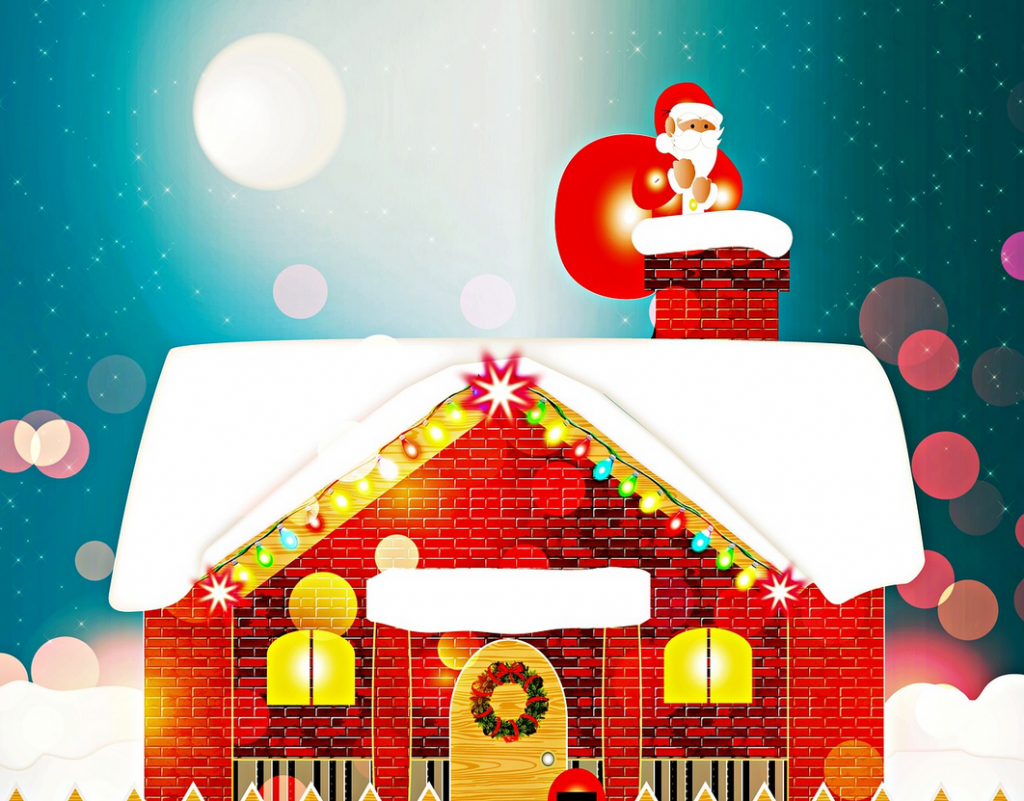Experts say a regular residential chimney cleaning and inspection is necessary not only to ensure proper ventilation but also to protect against carbon monoxide poisoning and house fires.

Chimney businesses traditionally tend to see an uptick in service calls over the holiday period. Most companies provide services such as cleaning the creosote buildup out of the chimneys. Creosote is an extremely flammable byproduct from burning wood and can lead to a much higher fire risk if not cleaned regularly, the Wall Street Journal notes.
Chimney inspections can also help to remove wildlife that might have taken up residence there. Animals such as birds, raccoons and squirrels often like to make homes inside a chimney that’s not capped or covered.
Chimney experts also warn of pyrolysis, another hazard from fireplaces. “That is when drywall, wood framing, paneling, cork ceiling tiles, and other organic materials located too close to a fireplace break down after prolonged exposure to heat,” the Journal said. “The material can ignite, even when there is no flame present.”
Signs of pyrolysis to look out for include a dark stain on the wall or ceiling near the chimney. But there’s not always a warning sign, experts say.
A gas fireplace needs to be serviced as well. It may not be at risk of a creosote buildup, but it still needs to be vented with the proper pipe and cleared of any obstructions, Russ Dimmitt, director of education with the Chimney Safety Institute of America, told the Journal.
A fireplace can also be inspected for any signs of leaks, mold, and staining. Fallen pieces can create blockages and lead to carbon monoxide risks.
About 19,800 residential fires occur each year in the U.S. from fireplaces, chimneys and chimney connectors, according to the Consumer Product Safety Commission.